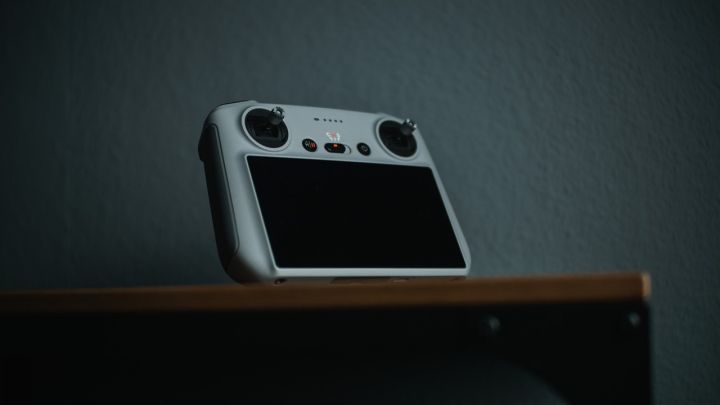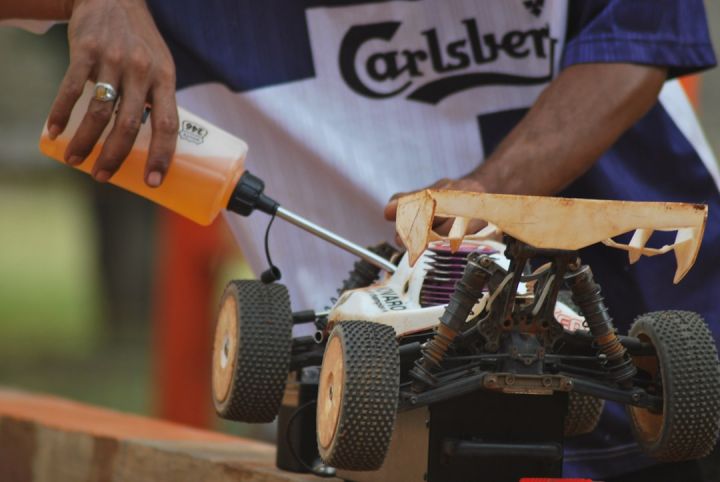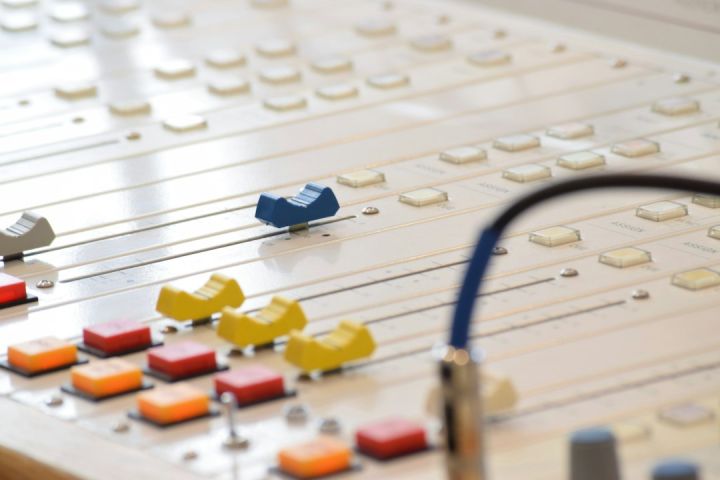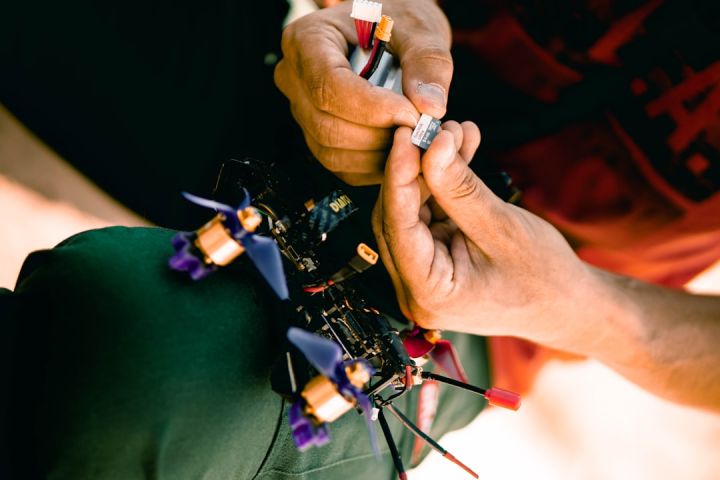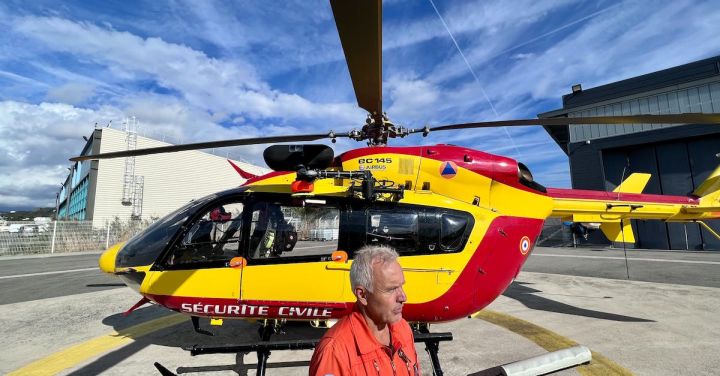What Maintenance Is Required after Every Flight?
After a successful flight, it is crucial for aircraft to undergo proper maintenance to ensure their continued airworthiness and safe operation. Maintenance tasks vary depending on the type of aircraft and its operating conditions, but there are several key areas that need attention after every flight. In this article, we will explore the essential maintenance tasks that must be performed to keep an aircraft in optimal condition.
1. Visual Inspection
A visual inspection is the first step in post-flight maintenance. It involves a thorough examination of the aircraft’s exterior, including the fuselage, wings, empennage, and landing gear. The purpose is to identify any visible damage or signs of wear and tear. This inspection also includes checking for loose or missing screws, bolts, or rivets, as well as any fluid leaks. Any discrepancies found should be reported and addressed promptly to ensure the aircraft’s structural integrity.
2. Engine Inspection
The engine is one of the most critical components of an aircraft, and therefore, it requires meticulous inspection after each flight. This inspection involves checking for any oil leaks, loose or damaged components, and abnormal vibrations. The engine’s fluid levels, such as oil and coolant, should also be checked and topped up if necessary. Regular engine inspections are vital to detect potential issues early on and prevent major engine failures.
3. Tire Inspection
Tires are subjected to considerable stress during takeoff and landing. Therefore, it is important to inspect them after every flight. This inspection includes checking tire pressure, tread depth, and overall condition. Excessive wear, bulges, or cuts on the tires can lead to tire blowouts, which can be catastrophic during landing. Regular tire inspections help identify potential issues and ensure the aircraft’s safe ground operations.
4. Electronic Systems Check
Modern aircraft rely heavily on sophisticated electronic systems for various functions, such as navigation, communication, and flight control. After each flight, it is necessary to perform a thorough check of these systems to ensure they are functioning correctly. This includes checking the avionics, autopilot, radios, transponders, and other electronic components for any malfunctions or errors. Regular electronic systems checks are crucial for maintaining reliable communication and safe operation of the aircraft.
5. Fluids and Lubrication
Fluid levels, such as fuel, oil, and hydraulic fluids, need to be checked and replenished if necessary. These fluids are vital for the proper functioning of the aircraft’s systems, and inadequate levels can lead to serious malfunctions. Additionally, lubrication of various components, such as hinges and moving parts, should be performed to minimize friction and ensure smooth operation. Regular fluid checks and lubrication help prevent equipment failures and enhance the aircraft’s overall performance.
6. Documentation and Record-Keeping
Accurate documentation and record-keeping are essential aspects of aircraft maintenance. After every flight, all maintenance activities, inspections, and repairs should be properly documented in the aircraft’s logbook or maintenance records. This includes recording any discrepancies found during the post-flight inspections and the actions taken to rectify them. These records provide a comprehensive history of the aircraft’s maintenance and are crucial for regulatory compliance and future maintenance planning.
In conclusion,
Proper maintenance after every flight is crucial for ensuring the continued airworthiness and safe operation of an aircraft. Conducting visual inspections, checking the engine, inspecting tires, verifying the electronic systems, maintaining fluid levels, and keeping accurate records are all essential tasks that must be performed. By following these maintenance procedures, aircraft operators can minimize the risk of mechanical failures and ensure the safety of both the crew and passengers. Remember, aircraft maintenance is a responsibility that should never be taken lightly, as it plays a vital role in the aviation industry.

